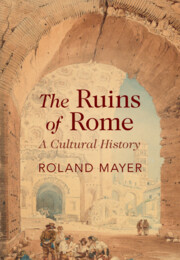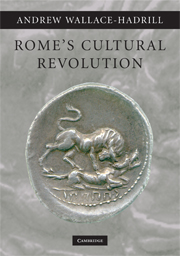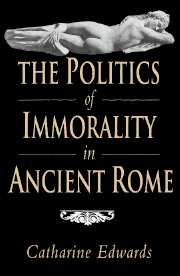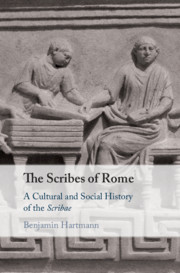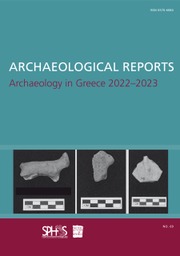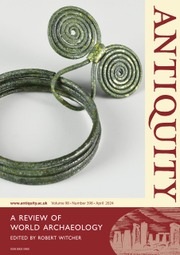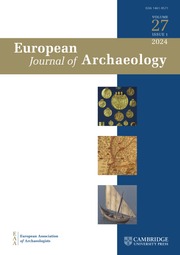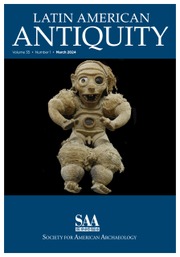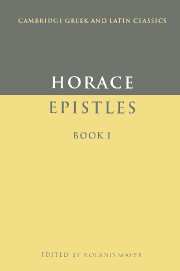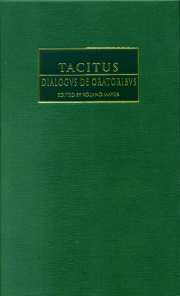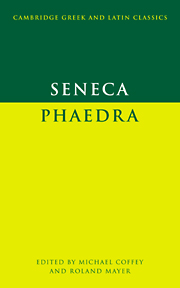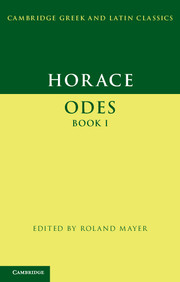The Ruins of Rome
The beguiling ruins of Rome have a long history of allure. They first engaged the attention of later mediaeval tourists, just as they do today. The interest of travellers was captured in the Renaissance by artists, architects, topographers, antiquarians, archaeologists and writers. Once the ruins were seen to appeal to visitors, and to matter for their aesthetic quality, their protection and attractive presentation became imperative. Rome's ruins were the first to be the object of preservation orders, and novel measures were devised for their conservation in innovative archaeological parks. The city's remains provided models for souvenirs; paintings of them decorated the walls of eighteenth-century English country houses; and picturesque sham Roman ruins sprang up in landscape gardens across Europe. Writers responded in various ways to their emotional appeal. Roland Mayer's attractive new history will delight all those interested in the remarkable survival and preservation of a unique urban environment.
- Shows how a developing sense of the significance of Rome's ruins manifested itself in remarkably varied and fascinating ways over the centuries
- Argues that it was Rome's ruins which led to the general fascination with ruins across the world and their conservation and effective presentation to visitors
- Fully accessible to general readers and especially to all visitors to 'the Eternal City'
Reviews & endorsements
‘Roland Mayer charts the changing attitudes towards the monuments of ancient Rome and the emotional, aesthetic and intellectual responses to the city of Rome's ruins over the past two millennia. The extraordinary simultaneity of Rome's urban topography, in which the ancient Roman ruins are still integrated into the urban fabric strikes every visitor. This study elucidates the shifts in the perception of Rome's ruins that are mirrored in imaginary visualisations, antiquarianism, guide books, souvenirs in many forms and media, the fashion for fake ruins, conservation, the development of archaeological knowledge, all of which are part of ‘ruinmindedness', the leitmotif of this book.' Rosamond McKitterick, University of Cambridge
‘A rich, engaging and intelligently composed cultural history of a fascinating topic that has inspired both scholars and the imagination of travellers, poets, and artists over the centuries. The evocative idea of ‘ruin-mindedness' permeates the book's narrative, and invites us to immerse ourselves into the endless palimpsests of time and space that shape the ‘Eternal City'.' Marta García Morcillo, Durham University
‘informative and attractive.’ Armand D'Angour, The Critic
‘The Ruins of Rome is wonderfully illustrated as well as being a reliable handbook to the decay and preservation of the ancient imperial capital … Mayer is a keen and knowledgeable cicerone.' Mary Beard, Times Literary Supplement
Product details
February 2025Hardback
9781009430104
394 pages
251 × 179 × 25 mm
0.92kg
200 colour illus.
Available
Table of Contents
- 1. Ruins in Antiquity
- 2. How Rome Became Ruinous
- 3. Mediaeval Responses to the Ruins of Rome
- 4. The Watershed: Petrarch and his Successors
- 5. The Battle for the Ruins
- 6. From Topographical Treatise to Guidebook
- 7. The Ruins Visualized: Paintings and Vedute, Drawings and Engravings, Photographs
- 8. 'Virtual' Rome: Rome Reconstructed-Visionary Archaeology
- 9. Remembering the Grand Tour: Paintings, Models and Other Souvenirs
- 10. Ruins in the Landscape Garden
- 11. Conservation, Restoration and Presentation of Ruins
- 12. Literary Responses to the Ruins
- Epilogue.

